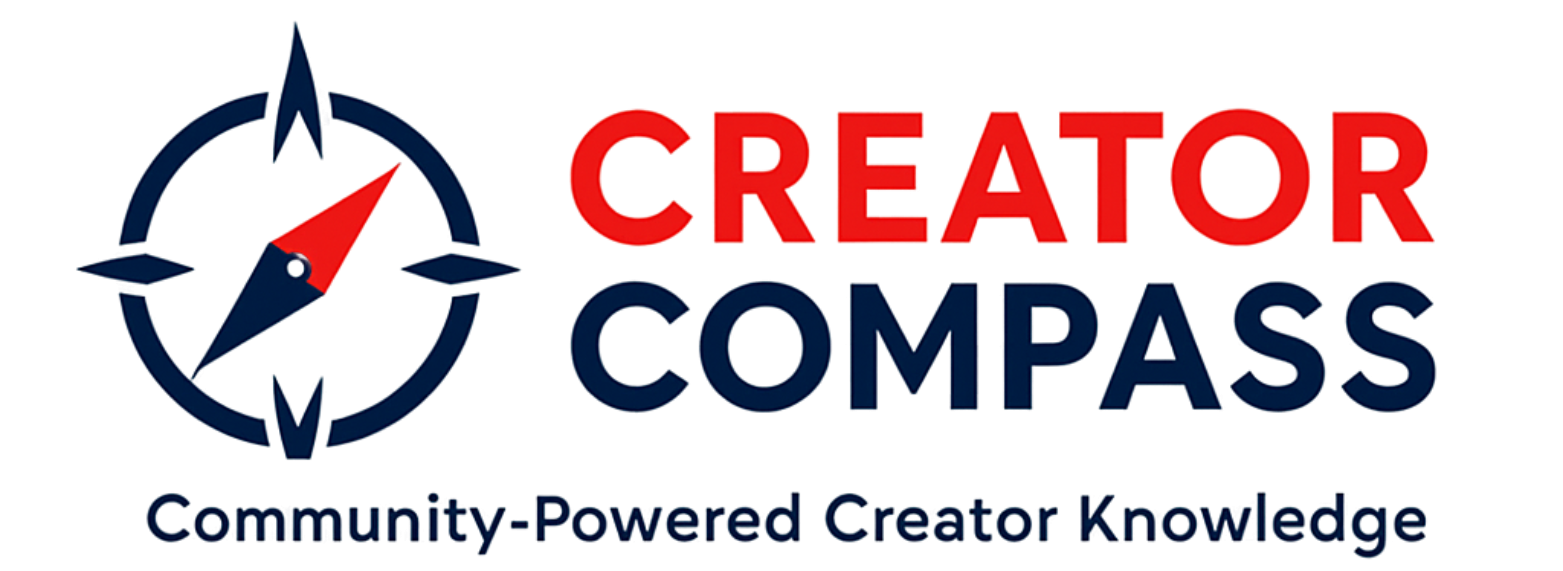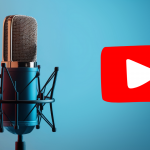For YouTube creators, getting your videos seen by the right audience is one of the biggest challenges. Many assume YouTube “pushes” videos to viewers, but the reality is much more nuanced. YouTube’s recommendation system is designed to match videos to individual viewers rather than force videos into the algorithm. Understanding how this works can help you create content that reaches and retains the right audience.
In this article, we’ll break down key insights from YouTube’s Search & Discovery system based on an interview with a YouTube product expert. Let’s dive in!
How YouTube’s Recommendation System Works
Rather than pushing videos out randomly, YouTube ranks content based on what it believes will be most engaging for each viewer. The system continuously adjusts in real time, considering:
✅ Watch history – What has the viewer watched before?
✅ Engagement patterns – What types of videos do they typically interact with?
✅ Similar audience behavior – What do viewers with similar interests watch?
This means that two people can search for the same keyword but receive entirely different results, tailored to their interests.
The Role of Click-Through Rate & Watch Time
Many creators believe that click-through rate (CTR) and watch time are the most important factors for getting recommended. While they do matter, YouTube doesn’t just reward high CTRs or long watch times on their own. Instead, the algorithm asks:
🔹 Did viewers actually enjoy this video? (Retention & engagement)
🔹 Did similar viewers find this content useful? (Broad appeal)
🔹 Would the viewer have watched something else instead? (Comparative ranking)
A video with a high CTR but poor retention won’t perform well long-term. Balancing an enticing thumbnail & title with strong content delivery is key.

Your Video Can Get Recommended Months Later
Another common misconception is that videos only perform well in the first 24 hours. In reality, YouTube continuously reassesses older videos, meaning a well-made video can resurface weeks or even months later if it becomes relevant again.
For example:
- A tutorial might gain traction when more people search for that topic.
- A trending event could revive an older, related video.
- New audience behavior could make YouTube test your video again.
The key takeaway? Create evergreen content where possible and keep optimising your older videos.
How to Improve Your Video’s Discoverability
If you want YouTube to recommend your videos more often, focus on viewer satisfaction rather than trying to “game the algorithm.” Here are some practical tips:
🎯 Hook viewers fast – Get to the point quickly in your intro to retain attention.
🎨 Design strong thumbnails – Avoid cluttered text and use high contrast to make them stand out.
📝 Write clear, engaging titles – Keep them short, curiosity-driven, and easy to read.
📊 Analyse your audience retention graph – Identify where viewers drop off and refine future content.
📢 Encourage interaction – Ask viewers to comment, like, or share if they enjoyed the video.
Final Thoughts: YouTube Favors Viewers, Not Creators
YouTube’s search and discovery system isn’t designed to push videos to people – it’s designed to help viewers find content they’ll enjoy. If you want to succeed, focus on making content people love, rather than chasing the algorithm.
At Creator Compass, we help YouTube creators navigate these complexities with free resources, expert insights, and community driven knowledge-sharing. Want more tips like this? Keep following our blog and join our community for more creator support!



